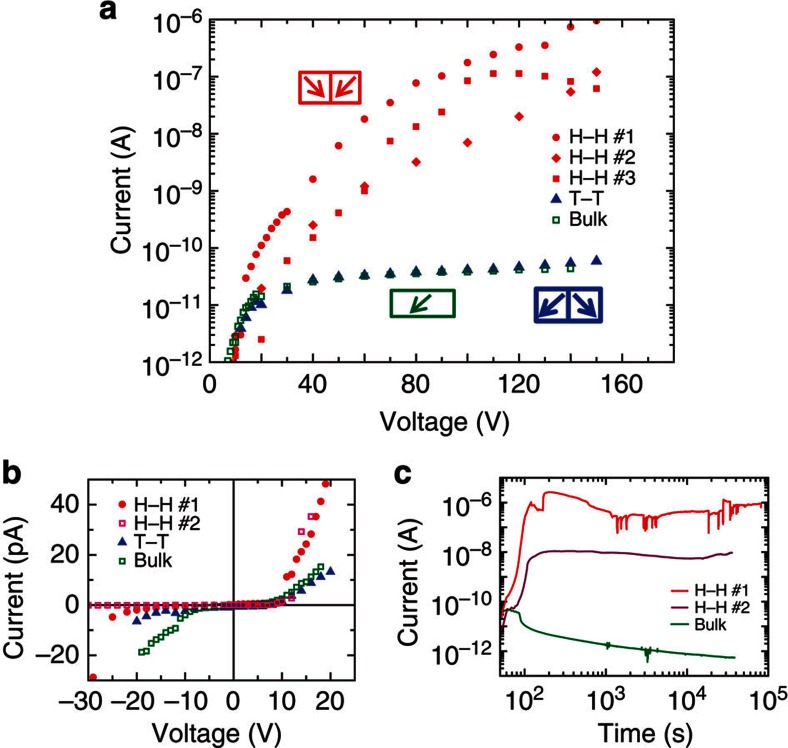Figure 2. Conduction through charged domain walls in BaTiO3.
(a) Semilogarithmic-scale room-temperature I–V characteristics showing up to 105 times higher conduction through electrodes touching head-to-head (H–H) charged domain walls compared with the bulk and tail-to-tail (T–T) domain walls. (b) Linear-scale I–V curve showing ~8 V conduction threshold indicating barriers between electrodes and ferroelectric. Each datapoint in (a,b) is acquired 1 min after step change of applied voltage, hence, the values include transient currents. The difference between H–H current and bulk is, therefore, underestimated here. The steady current through the bulk (at V=100 V after>660 min) is 6 × 10−13 A, while H–H wall reaches steady 10−6 A, shown in c. The current increase during first 200 s in c corresponds to slowly applied voltage. Attributing the current difference between H–H domain wall and the bulk to domain wall itself, its intrinsic conductivity is 108−1010 times that of the bulk.

